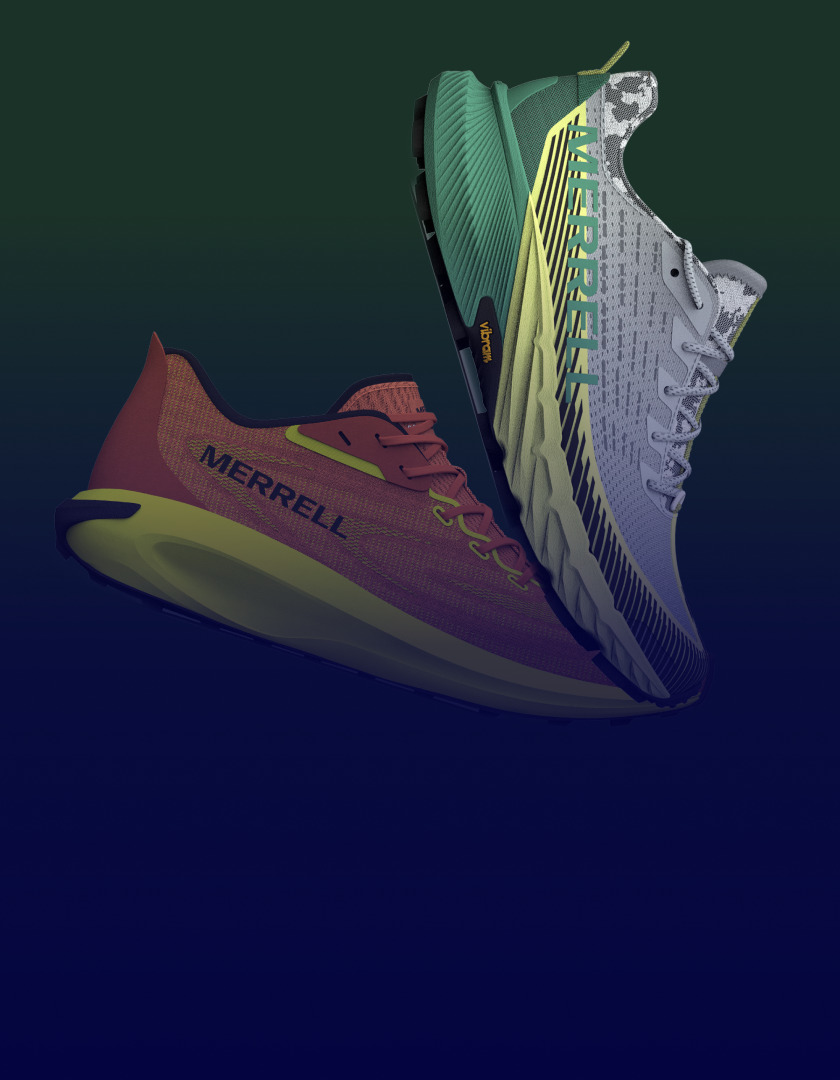What is Engineering PLM Missing in the Consumer Electronics Industry?

In the consumer electronics world, product sophistication is advancing at a rapid pace even as timelines for product development are shrinking. To get the goods to market faster, you need to work smarter!
Chances are that your company uses an Engineering PLM for product development. That platform is great for the development of all the technical aspects of consumer electronics like drawings, schematics, component specifications, BOMs, engineering changes, manufacturing instructions. But engineers must also communicate with other departments like design, marketing, planning, portfolio management, supplier collaboration, costing, compliance, packaging and more to get a product out the door.
Breaking Down Silos
The different functions working in siloed systems—often on spreadsheets and email—create inefficient hand-offs, making the go-to-market process unwieldy, cumbersome and slow. Which leads us to commercialization PLM, engineering PLM’s best friend! Commercialization PLM (or go-to-market PLM or commercial PLM) ties every aspect of the product lifecycle together, so instead of one-step-at-a-time, the concept-to-launch is sped up since all those who need the product data can go to a central, digital repository to see real-time information first-hand. No more waiting for someone to get back to you over email or returning a phone call. No more wondering if the spreadsheet you are looking at is the latest version, or the one from two versions ago. This cuts down on errors from re-entering data and ensures accurate margins with powerful “what-if” costing scenarios that can be played out during the development phase.
The Entire Lifecycle
And once the project leaves design and development, it doesn’t mean that the engineering work is over. Engineers also need to follow and support a product throughout its entire lifecycle. Those include:
- How the product is selling
- What assortments retailers want
- Product refresh and updates
- What issues consumers have with the products
- Sustainability of the product and its components
- Making sure all products meet current regulatory compliance
Commercialization PLM also integrates with existing systems like ERP and CAD to provide one seamless end-to-end digital process.
Supply Chain Challenges
Supply chain complexity and disruptions have been prevalent over the past few years. Utilize commercialization PLM to track lead times, prototype dates and gain visibility into the entire schedule so potential issues can be identified early. Maintain close communication with suppliers through a portal, eliminating any back and forth via email.
Collaboration, Efficiency and More
Centric PLM™, the cloud-based modern, mobile, market-leader has a user-customizable interface to give each person the views and functionality that are most important to them. Online collaboration is made simple with chat, user notifications and no more chasing people for project updates. Automated alerts let users know when they have a to-do waiting for action. Centric customers have boosted productivity by 10 – 50%.









